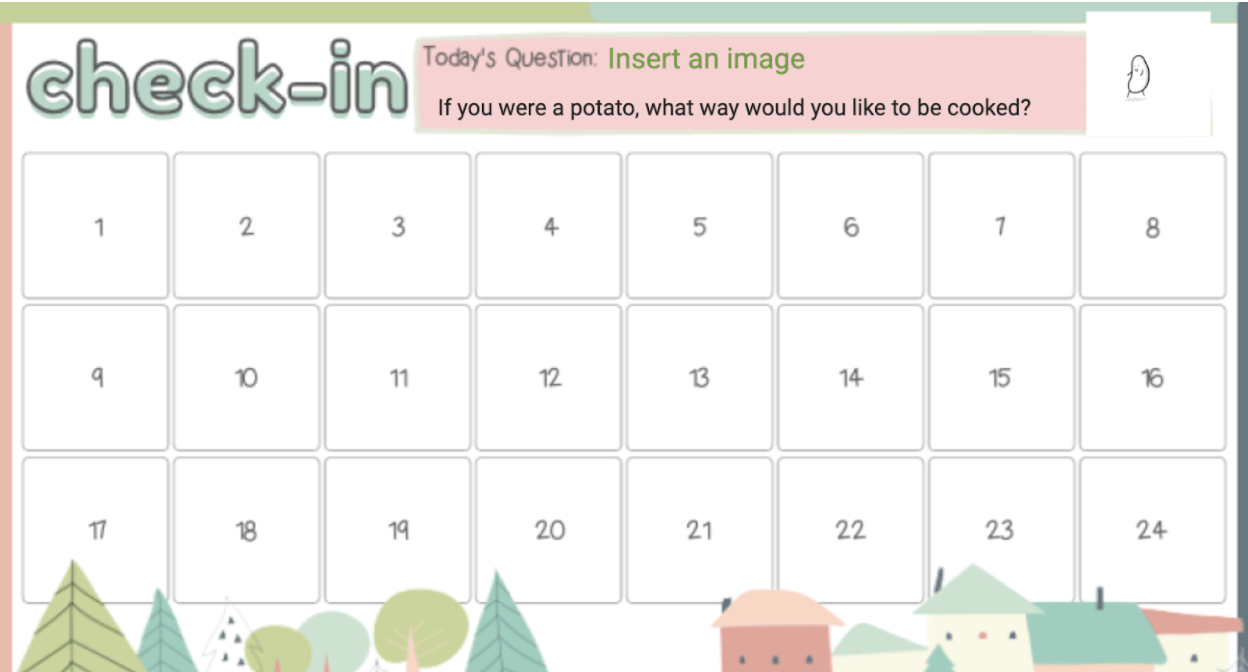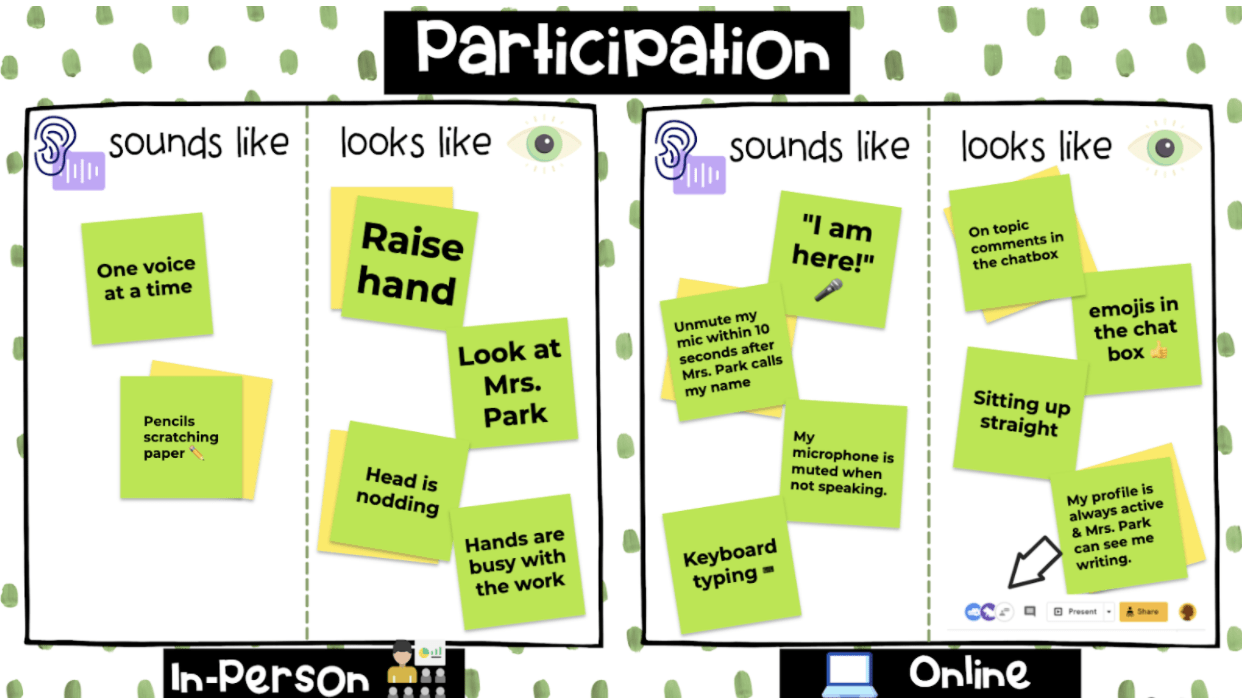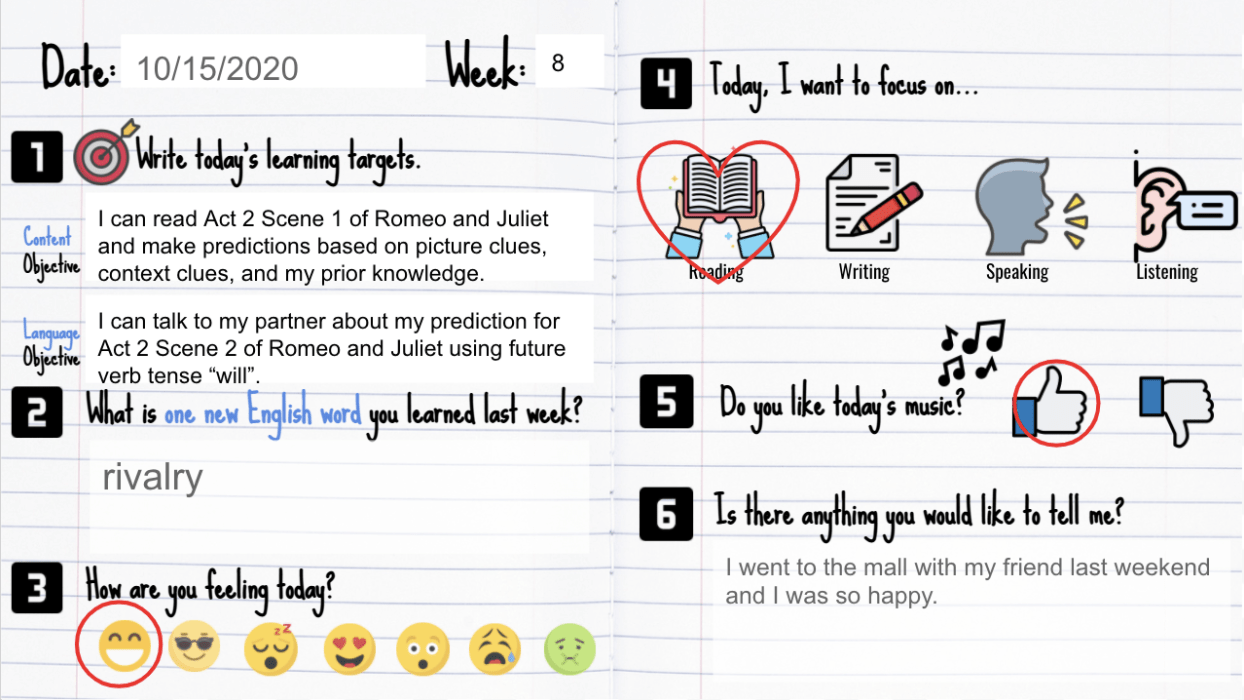Select an Option below:
More Options:
Hybrid / Concurrent Teaching: 5 Ideas to Make it Work
The pandemic has brought out new levels of creativity and innovation in the field of education. We have done the impossible and shifted our teaching landscape to a completely digital setting. Now that we have remote teaching under our belt, some of us are faced with a new challenge: concurrent or hybrid/hyflex teaching, which refers to the delivery of simultaneous instruction for students in-person and online. Here are some tips to make it work.


Since online students are less “visible” than in-person students, they need intentional monitoring. Assign a chat monitor to alert you when there are comments or questions from the remote learners. Also, consider creating a buddy system. Pair up an in-person student to be a buddy for an online student. Design partner activities that help promote meaningful interaction, collaboration, and a support system.

As we again venture out to the uncharted territory of concurrent teaching, I am confident that we will learn and grow as the challenges will open new doors to even more creativity and innovation.
1. Build community
With students learning from different locations, creating authentic moments of connection between the two groups (in-person and remote) and the teacher is key. Consider using a whole-class Google Jamboard check-in with a daily SEL question such as “If you were an animal, what would you be?” or “Find one meme or a GIF that describes how you feel today.” A One-Pager shared document fosters a sense of belonging and connection utilizing a common space in a digital landscape. And it is a quick way to take attendance. Click here to make a copy of the Jamboard check-in.2. Establish clear participation requirements
Participation will look very different for both groups. Establish norms and clear expectations for both in-person and online students. Co-creating class norms and participation requirements will help your students visualize and understand the different learning modes and further empower them to become integral members of the classroom community. Click here to make a copy of the Concurrent Classroom Norms Template Jamboard.3. Involve your in-person students
Teachers are juggling many different things, from managing all the technology equipment in the classroom to catering to online and in-person students’ needs. Let your students help.Since online students are less “visible” than in-person students, they need intentional monitoring. Assign a chat monitor to alert you when there are comments or questions from the remote learners. Also, consider creating a buddy system. Pair up an in-person student to be a buddy for an online student. Design partner activities that help promote meaningful interaction, collaboration, and a support system.
4. Allow students to communicate in a shared online environment
Online tools like Google Slides, Jamboard, Padlet, Teams Chat, etc can act as a bridge between two groups. This is a shared digital space for students to show their collaboration, visualize their thinking process, and communicate ideas. Consider creating shared tasks in an online environment to help students engage with the content matter and with each other.5. Have a predictable routine
Having a consistent structure and predictable routine helps students feel secure and grounded, especially in an alternating learning environment. Students should know exactly what to do the moment they log into the video conferencing call or step into their classroom. Consider using a digital warm-up notebook where students write down the language and content objectives for the class (Read more about SIOP® Content and Language Objectives here and/or watch this video from SIOP® Author, Dr. Jana Echevarría), set goals, and check-in with you at the start of each class. When students are engaged in predictable learning tasks, they will feel safe, take more risks, and become autonomous learners. Click here to make a copy of the Digital Warm-Up Notebook.As we again venture out to the uncharted territory of concurrent teaching, I am confident that we will learn and grow as the challenges will open new doors to even more creativity and innovation.
Note: Fresh Ideas for Teaching blog contributors have been compensated for sharing personal teaching experiences on our blog. The views and opinions expressed in this blog are those of the authors and do not necessarily reflect the official policy or position of any other agency, organization, employer or company.